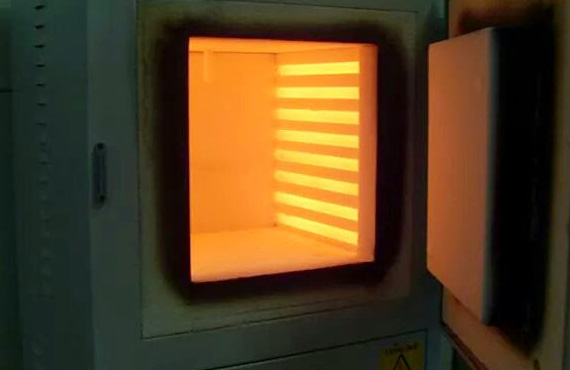Normalization heat treatment is a thermal process that ensures metals and alloys achieve a homogeneous microstructure, improved mechanical properties, and the relief of internal stresses. The goal of this process is to refine the grain structure of the material and increase its mechanical strength. It is typically applied after production methods such as forging, casting, and welding to ensure the material becomes more homogeneous.
Normalization Heat Treatment
Normalization Heat Treatment
How is Normalization Heat Treatment Applied?
- Heating: The material is heated to the austenitization region (usually above the critical temperature) in a controlled manner. This temperature generally ranges from 800-950°C and is influenced by the material's chemical composition.
- Holding (Soaking): The material is held at the specified temperature for a certain period to prevent grain growth and allow the formation of a homogeneous microstructure. The duration varies depending on the material's thickness and chemical composition.
- Air Cooling: Unlike annealing, in normalization, air cooling is applied instead of controlled furnace cooling. This improves the mechanical properties of the material and results in a more homogeneous grain structure.
Advantages of Normalization Heat Treatment
- Increases mechanical strength and hardness.
- Eliminates heterogeneity in the microstructure.
- Reduces internal stresses caused by welding and casting.
- Controls grain size and ensures a more homogeneous material.
- Improves machinability of materials such as tool steels, carbon steels, and cast iron.
Materials Used in Normalization Heat Treatment
| Carbon steels |
| Alloy steels |
| Cast irons |
| Stainless steels |
| Tool steels |

Main Sectors
Normalization heat treatment is a critical production step to enhance the mechanical strength and homogeneity of steels. Therefore, it is used in various industries for multiple purposes:
- Metallurgy and Casting: Used to ensure the homogeneity of the material after casting and forging processes.
- Automotive: Applied to enhance the durability of engine and transmission components.
- Machine and Manufacturing: Used to optimize the mechanical properties of machine tools, industrial machinery, and hydraulic system components.
- Aerospace and Defense: Applied to improve the homogeneity and mechanical strength of aircraft and military equipment components.
- Shipbuilding and Maritime: Used to ensure the homogeneity and durability of structural components used in ships.

